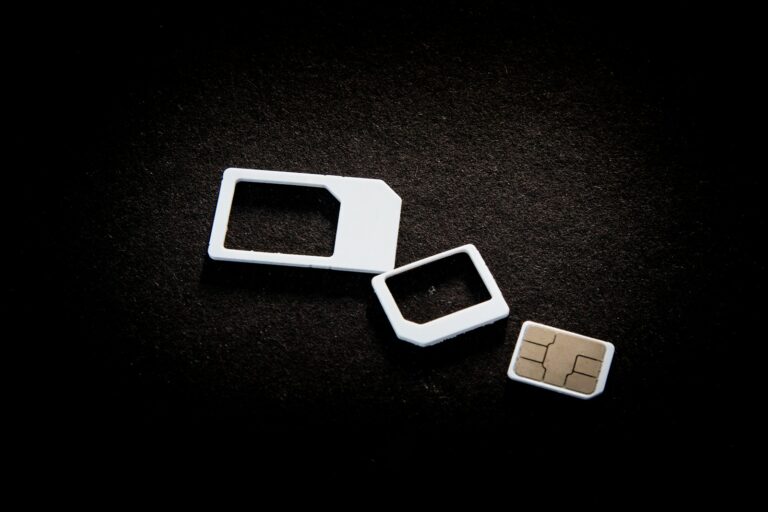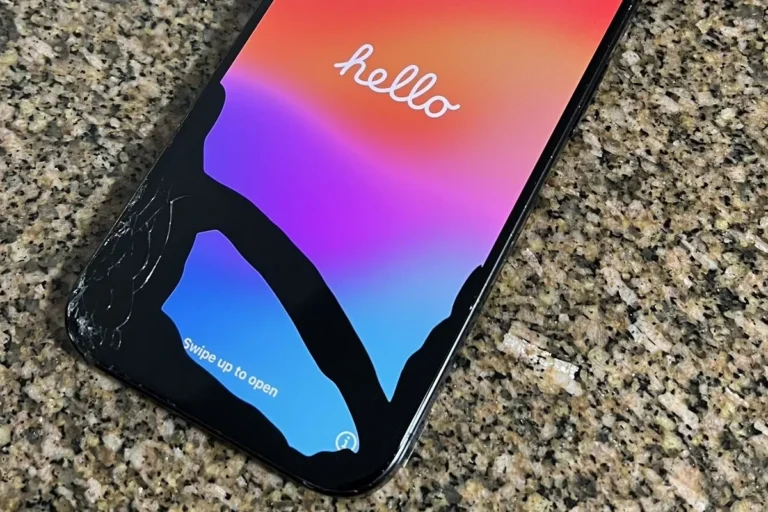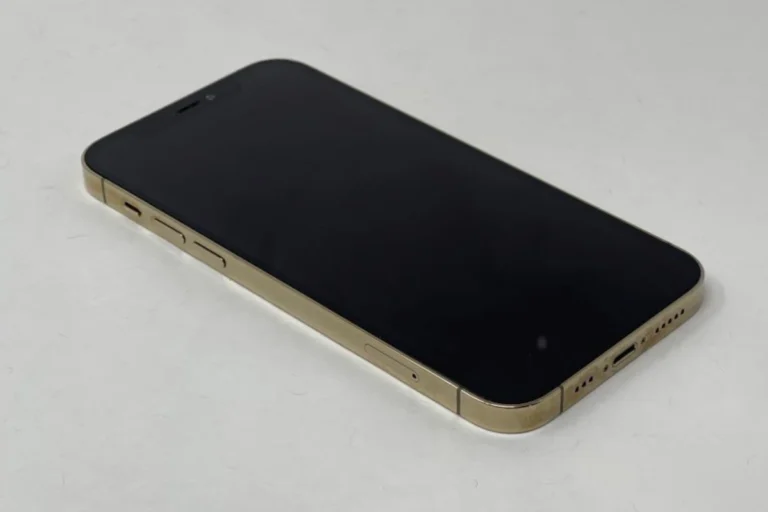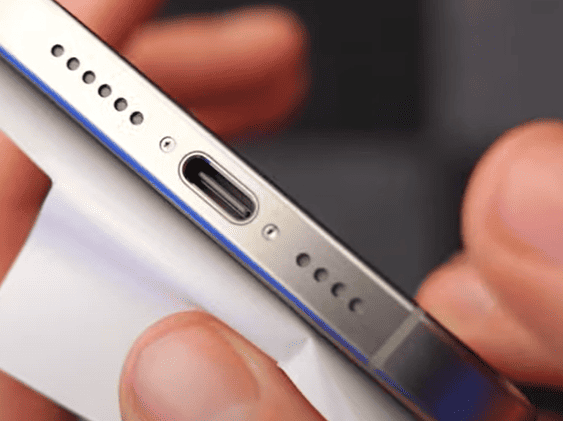Screen protectors can crack, bubble, or collect scratches over time, making them look unsightly and harder to see through. When this happens, many people worry about damaging their phone’s actual screen during removal. The key to safely removing a screen protector is using the right technique with simple tools like a plastic card, tape, or gentle heat to lift the edges without scratching the screen underneath.
Most screen protectors come off easily when you know the proper method. The process works for both plastic and tempered glass protectors, though each type needs a slightly different approach. Whether the protector is cracked or just worn out, removal takes only a few minutes with the right steps.
Understanding common removal problems helps avoid costly mistakes. Many people rush the process or use sharp objects that can damage their device. Learning the correct techniques prevents these issues and keeps the phone’s screen in perfect condition.
How to Remove Screen Protector
Removing a screen protector from your phone can be straightforward if done carefully to avoid damage to your device or leaving adhesive residue. Follow this step-by-step guide to safely remove your screen protector, whether it’s tempered glass or plastic film.
What You’ll Need:
- A thin, non-metal tool (like a plastic card or fingernail)
- Tape (optional, for better grip)
- Clean cloth or microfiber cloth
- Patience and a gentle touch
Step-by-Step Guide:
1. Prepare Your Workspace
- Turn off your phone to avoid accidental touches.
- Work on a flat, clean surface with good lighting.
2. Loosen a Corner
- Find a corner of the screen protector.
- Use your fingernail or a plastic card to gently lift the edge.
- If the protector is very stubborn, you can place a small piece of tape on the corner to help lift it.
3. Lift Slowly and Gently
- Once a corner is lifted, slowly peel the screen protector back.
- Pull it back at a low angle (close to the screen surface) to reduce stress on the protector and phone screen.
- Avoid pulling straight up, as this can cause cracking or damage.
4. Avoid Using Sharp Objects
- Do not use knives, metal tools, or anything sharp, as these can scratch or damage your phone’s screen.
5. Remove Residual Adhesive
- If any sticky residue remains, gently wipe it off with a clean microfiber cloth.
- You can slightly dampen the cloth with a bit of water or isopropyl alcohol for stubborn residue, but avoid soaking the phone.
6. Clean Your Screen
- After removing the protector, clean your screen with a microfiber cloth to remove any fingerprints or dust.
Additional Tips:
- For tempered glass protectors, cracks may develop during removal; proceed even more slowly and carefully.
- If the screen protector is old and brittle, warming it slightly with your hands can soften the adhesive, making removal easier.
- If you plan to apply a new protector, ensure the screen is completely clean and dry before application.
Key Takeaways
- Use plastic tools and gentle heat instead of sharp objects to avoid screen damage
- Different protector types require specific removal techniques for best results
- Common mistakes during removal can be easily avoided with proper preparation
Frequently Asked Questions
Removing screen protectors safely requires specific techniques and precautions. Most removal problems stem from using wrong methods or rushing the process.
What is the safest method to remove a screen protector from a smartphone?
The safest method starts with turning off the device and cleaning hands thoroughly. Users should heat the screen protector with a hairdryer on low heat for 15 seconds while keeping it moving.
Once warmed, they can lift one corner using a fingernail or thin plastic card. The protector should peel away slowly at a 45-degree angle.
Rushing this process often causes the protector to crack or break into pieces. Patience prevents damage to both the protector and the screen underneath.
What steps should be taken to remove a screen protector from an iPhone without causing damage?
iPhone users should power down their device completely before starting. They need to remove any case that might interfere with the removal process.
Applying gentle heat with a hairdryer softens the adhesive. The heat should be applied for no more than 15 seconds at a time.
Starting from one corner, users should slowly peel the protector back. They must avoid using sharp objects that could scratch the iPhone’s screen.
How can you remove a glass screen protector that is firmly adhered and won’t come off easily?
Stubborn glass protectors need more heat and patience. Users should apply heat for longer periods, up to 30 seconds at a time.
Dental floss can help separate stuck edges by sliding it under the corner. This method works better than fingernails for tight adhesion.
If the protector still resists, users can alternate between heating and gentle lifting. Multiple heat cycles often loosen strong adhesive bonds.
What precautions should be taken to avoid glass shards when removing a cracked screen protector?
Cracked protectors require extra safety measures to prevent glass pieces from falling. Users should work over a towel or soft surface to catch any fragments.
Tape can hold cracked sections together during removal. Clear packing tape works best for keeping broken pieces attached.
Users should wear safety glasses if the damage is severe. They must never force a badly cracked protector off quickly.
Can a screen protector be removed intact, and if so, how?
Most plastic protectors can be removed intact with proper technique. Glass protectors have a lower success rate but can sometimes come off whole.
The key is using enough heat to soften the adhesive completely. Slow, steady peeling from one corner gives the best results.
Users should avoid bending or twisting the protector during removal. Straight pulls reduce stress on the material.
Is it advisable to remove a screen protector if there are cracks, and what is the best way to do it?
Cracked screen protectors should be removed immediately to prevent further damage. Sharp edges can cut fingers or catch on pockets.
The best approach involves taping over the cracks first. This prevents glass pieces from scattering during removal.
Users should heat cracked protectors less aggressively than intact ones. Too much heat can cause cracked glass to expand and break apart completely.







